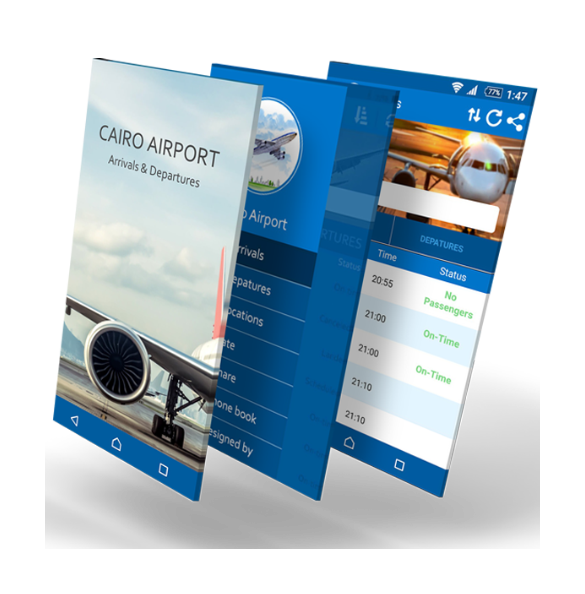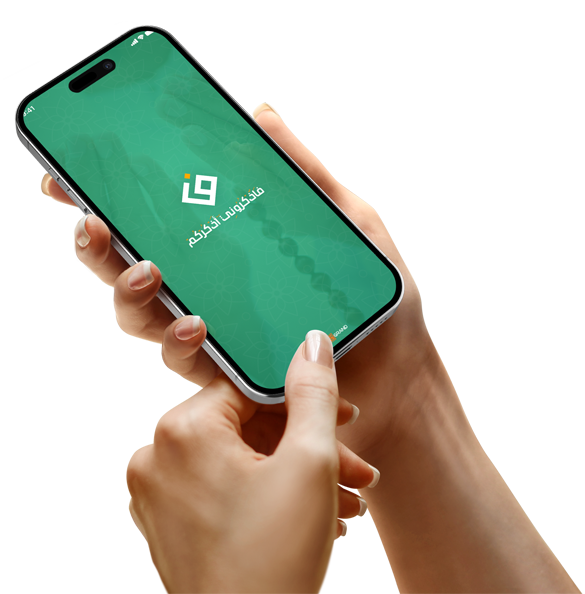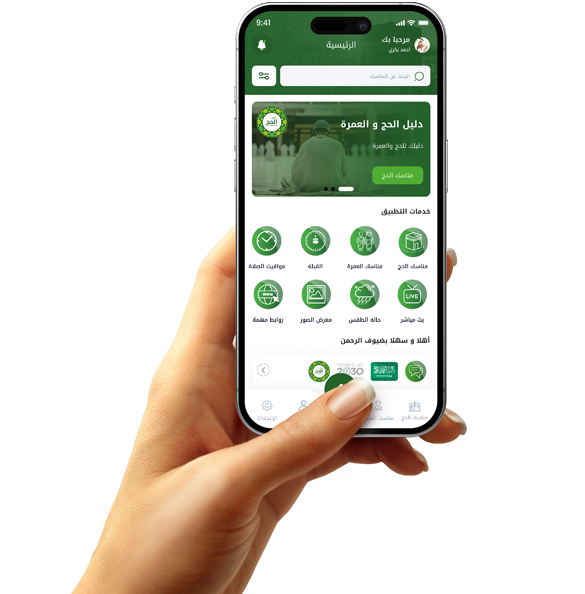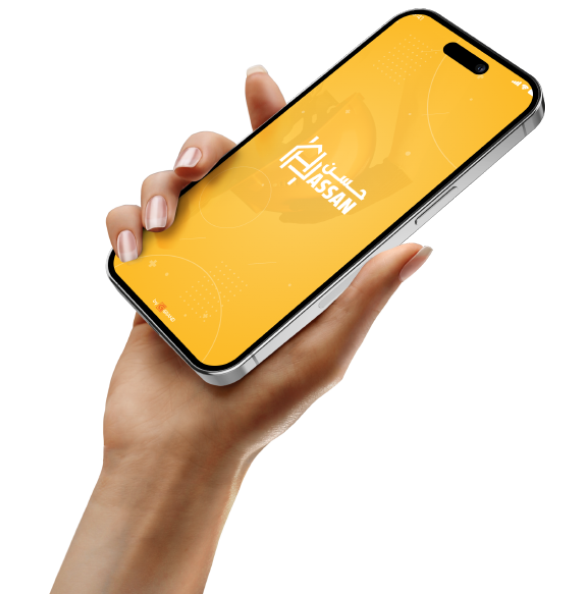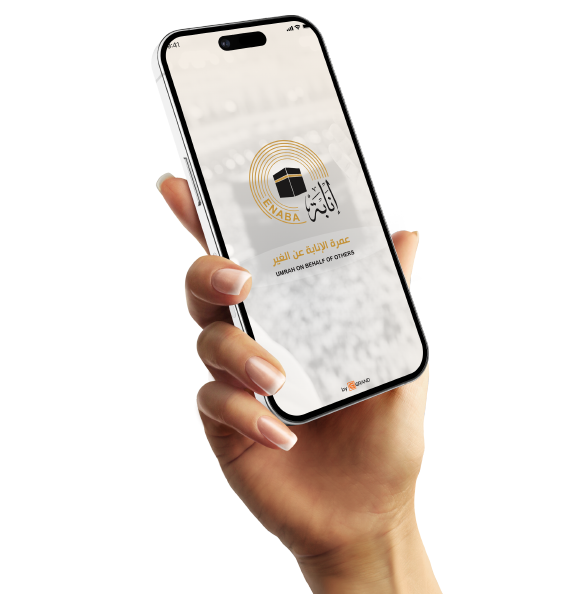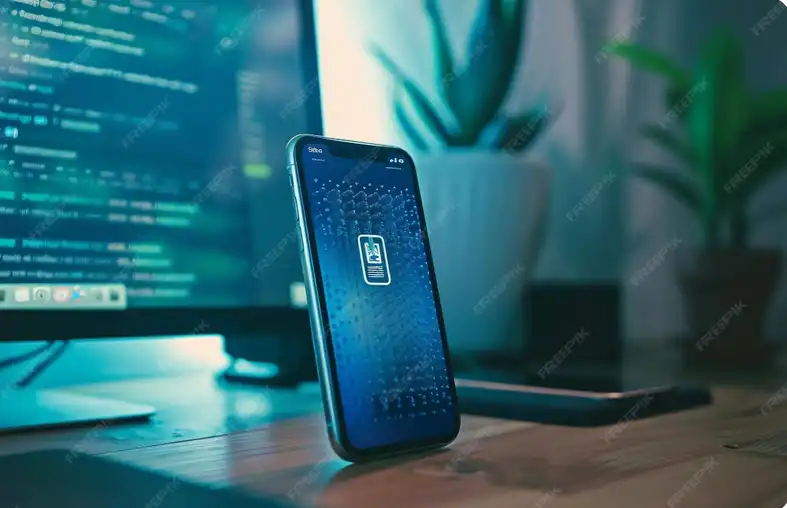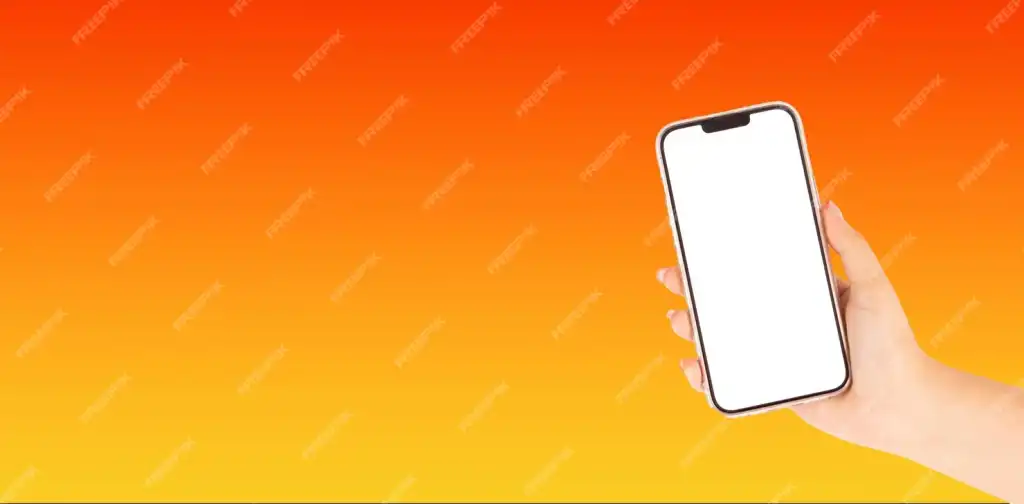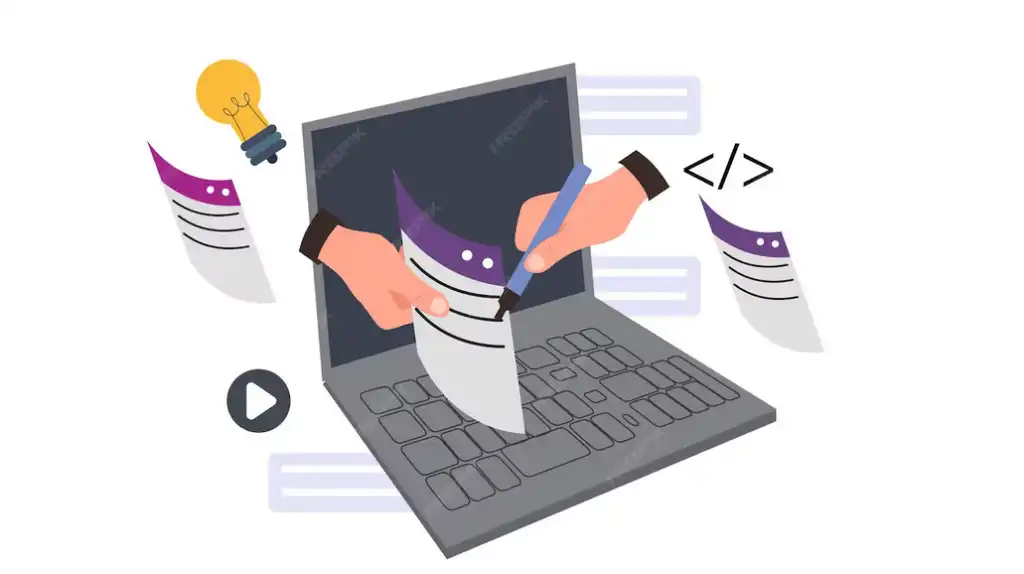Stages of designing an application that achieves success with distinguished companies
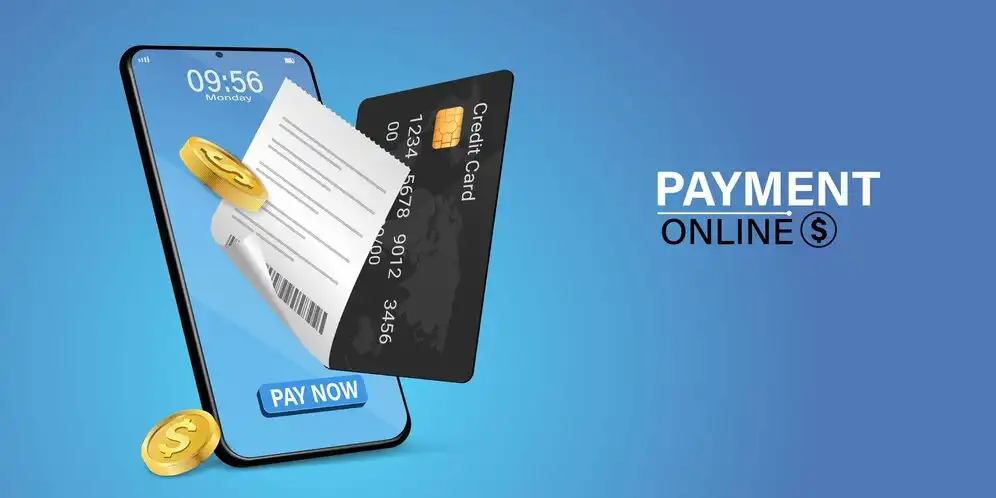
Clearly define your app's goals from the start
After studying the idea and analyzing the market, it's time to set clear goals for the app. Without precise goals, the work turns into useless guesswork. Prominent design companies refuse to start programming before defining with you: What do you want from the app? Who will use it? What is it supposed to achieve?
Goals include things like: Is the goal to increase sales? Facilitate services? Build a database? Enhance customer loyalty? These details guide every subsequent design and functionality decision.
Clarity of purpose helps build the app roadmap and determine what is necessary and what can be dispensed with. A successful app doesn't exaggerate the number of features; rather, it focuses on achieving its goal efficiently.
Prominent development companies ask you specific questions to reach these goals: How many users are expected? What type of devices will the app be used on? Are there subsequent phases for expansion?
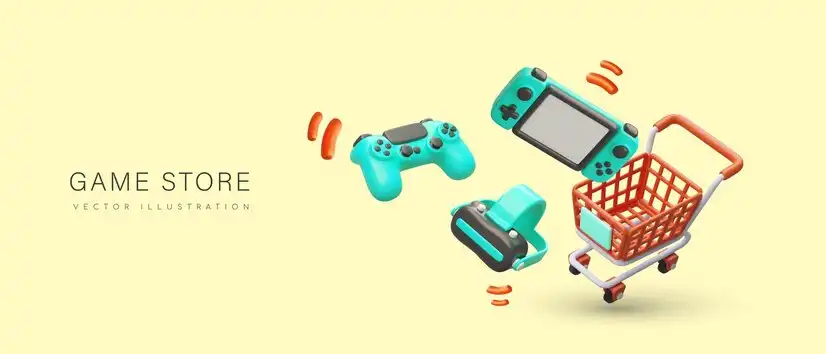
One of the first practical steps that distinguished companies rely on is creating a user experience map. This map illustrates how the user will navigate through the application step by step, from the moment they open it until they achieve their final goal.
The goal of this map is to make life easier for the user and provide a logical and seamless experience. Will they start by registering? Or will they browse first? How will they access the product? How will they pay? What's the next step? All of these questions are articulated before the design begins.
Professional companies build this map with the client, present it visually, and make adjustments based on feedback. This keeps everyone on the project—from the designer to the programmer—on the same page.
Having a clear flow reduces bugs later on and speeds up the development process. It also helps identify any bottlenecks or weaknesses in the experience before it becomes actual code.

Preparing the General Structure (Wireframe) Before the Final Design
After mapping the user experience, distinguished companies move to the step of implementing the general structure of the application, or what is known as the wireframe. This stage serves as a preliminary blueprint for the application, showing the layout of the pages, the placement of buttons, the distribution of content, and all the elements the user will see.
The goal of this stage is not aesthetics, but rather functional organization. How will the products be displayed? Where will the add-to-cart button be? How will the search bar appear? All of these questions can be answered here.
The structure is built using simple language and often grayscale, avoiding colors and visual identity. The focus here is on the user experience before considering the final form.
The advantage of working with a distinguished company is that they present the structure for you to review and receive detailed feedback. At this stage, you can suggest modifications without additional cost or programming complexity.

Front-End Programming with Modern Technologies
After the prototype is approved, the actual application implementation phase begins. This phase begins with the front-end. This is where the user sees the result on the screen, and all interactions occur through it.
Prominent programming companies use modern technologies to ensure the interface is attractive and responsive, such as React Native or Flutter, tools that allow for efficient cross-platform development.
At this stage, the programmer transforms the static design into an interactive experience: buttons respond, menus appear smoothly, pages navigate quickly, and graphics appear accurately.
Attention to detail is essential here, as every second of delay or minor glitch in the interface can cause user annoyance. Therefore, top companies conduct continuous testing to ensure that every element is working as intended.



